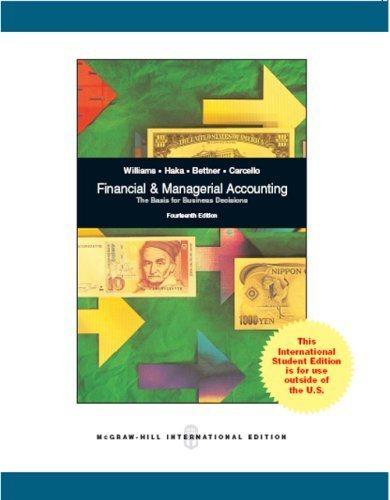
1. You are the state auditor of Watson Auditing Firm. Fiona, a client of yours asked you to review the records of Shrek Inc., a company that manufactures tools and machines. The results of your examination is as follows: a. The company started its business way back April 1, 2015, and has been reporting on a fiscal year ending March 31. You have observed that the company has never been audited, but the annual statements presented by the accountant reflect the following accounts before closing the books of accounts where income was prepared before deducting income taxes. Income for 2016: P143, 200; Income for 2017: P222, 800; and Income for 2018: P207, 610. Tax rate is 30% b. The finished products (relatively small number of machines) have been shipped on consignment. These transactions have been recorded as ordinary sales and billed as such. On March 31 of each year, the machines billed and in the hands of consignees amounted to the following: P13, 000 in 2016; Po in 2017; and P11, 810 in 2018. The sales price was determined by adding 20% to cost. Assume the consigned machines are sold the following year. c. Two machines were shipped to Carla dated March 30, 2017 on a COD basis. The sale was not entered until April 5, 2017, when cash was received for P12, 020. The machine were not included in the inventory at March 31, 2017 where the title have passed on to the buyer on March 30, 2017. d. All the machines are sold subject to a four-year warranty. It is estimated that the expense ultimately to be incurred in connection with the warranty will amount to 1/2 of 1% of sales. Sales on the following year was recorded as follows: 2016 - P1, 880,000; 2017 - P2, 200,000; and 2018 - P3, 950,000. The company has charged an expense account for warranty costs incurred. The warranty costs were as follows: Year 2016 2017 2018 Total 2016 1520 1520 2017 720 2260 2980 2018 640 3240 3280 7160e. Commissions on sales have been entered when paid. Commissions payable on March 31 of each year were: P2, 800 - 2016; P1, 600 - 2017; P2, 420 - 2018. f. A review of the minutes of the meeting reveals the manager is entitled to a bonus of 1/2 of 1% of the income before deducting income taxes and bonus. The bonuses have never been recorded or paid. g. Bad debts have been recorded on a direct write-off basis. Experience of similar enterprises indicates that losses will approximate 1/8 of 1% of sales. Bad debts written off were: Year 2016 2017 2018 Total 2016 1500 1500 2017 1600 1400 3000 2018 700 3600 4300 8600 Requirements: Compute for the following a. Adjusted amount of sales for 2016, 2017 and 2018. b. Adjusted warranty expense to be accounted for the year 2016, 2017, and 2018. c. Adjusted bad debt expense to be accounted for the year 2016, 2017 and 2018. d. Additional commission expense for the year 2016, 2017 and 2018. e. Adjusted bonus expense of manager for the year 2016, 2017 and 2018. f. Correct income after income tax for the year 2016, 2017, and 2018









